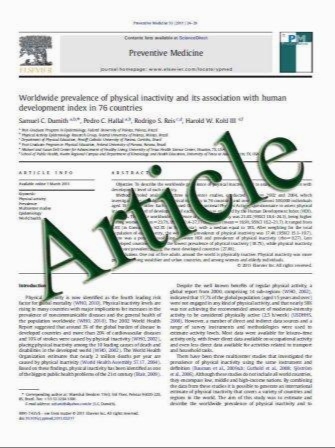Regional citrate anticoagulation—a safe and effective procedure in pediatric apheresis therapy
- نوع فایل : کتاب
- زبان : انگلیسی
- مؤلف : Martin Kreuzer & Thurid Ahlenstiel & Nele Kanzelmeyer & Jochen H. H. Ehrich & Lars Pape
- چاپ و سال / کشور: 2011
Description
be a standard component of pediatric apheresis therapy for more than a decade. However, data on dosing recommendations and evaluations of the effectiveness and safety of anticoagulation are rarely found in published reports. The aim of this retrospective analysis was to present our single-center experience with RCA in pediatric apheresis therapy with the aim of developing an operating procedure. Five children aged 7.14 years underwent a total of 72 (range 3.44) therapeutic apheresis sessions with RCA in the form of immunoadsorption therapy (2 patients), low-density lipoprotein (LDL)-apheresis (1 patient), and plasmapheresis (two patients). A 3% citrate solution was used. Citrate flow was started at 4.0% of the blood flow velocity and was adapted to match post-filter ionized calcium levels .0.30 mmol/l. Once the patientپfs ionized calcium fell to <1.05 mmol/l, an intravenous 10% calcium gluconate solution was administered. Twenty pediatric apheresis patients who received standard heparinization, matched for age, body surface area, processed plasma volume, and blood flow velocity, were enrolled in the study as a comparison group. No side effects were experienced in 72 apheresis session. The 3% citrate solution had to be reduced gradually during the apheresis session and was infused at a mean of 2.8.3.8% of the blood flow rate. Serum bicarbonate levels before and after the apheresis session with RCA [23.9 (range 18.9.30.1) vs. 26.3 (20.2.33.0) mmol/l, respectively] were significantly different (p=0.013). All patients required intravenous calcium substitution to maintain serum calcium levels within the physiological range. Due to the administration of the 3% citrate solution and calcium, all patients significantly gained weight during the procedure, with a median weight gain of 2.5% (p<0.001). The extra fluid load caused problems in patients with kidney failure. Our regimen with RCA is safe, feasible, and effective in pediatric therapeutic apheresis therapy. For RCA in apheresis, we recommend (1) a citrate (3%) flow of 3.3% of the blood flow, (2) prophylactic intravenous calcium substitution from the beginning, and (3) a more highly concentrated citrate solution in the case of oliguric patients.
Pediatr Nephrol (2011) 26:127–132 DOI 10.1007/s00467-010-1658-z Received: 31 March 2010 / Revised: 31 August 2010 / Accepted: 3 September 2010 / Published online: 21 October 2010


